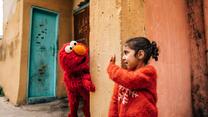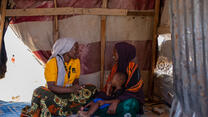The International Rescue Committee (IRC) implements parenting and family skills programs in fragile and conflict-affected areas around the world to encourage safe home environments for vulnerable children. Such interventions seek to reduce the violence and insecurity that children might face within their homes while encouraging positive physical and mental development. Such programs are standard in the United States, but their implementation in conflict areas has not been fully studied. In collaboration with researchers from Harvard and Duke universities, the IRC conducted an impact evaluation of parenting programs in Liberia and Thailand to understand the impact of these programs on parent’s behavior and children’s psychosocial wellbeing.
In Liberia, caregivers of young children participated in 10 weekly sessions of a program called “Parents Make the Difference” (PMD), which focused on the reduction of harsh discipline, activities to promote children’s cognitive development, and malaria prevention practices. A similar program, called “Happy Families,” was implemented with families of older children along the Thai-Burmese border. In the Thailand program’s 12 weekly sessions, both parents and children focused on building positive family relationships and discipline strategies, as well as methods for caregivers to reduce stress. Evaluations of PMD and Happy Families show that these programs successfully reduced harsh discipline practices and improved positive interactions between parents and children. Relatively short programs are a viable strategy to improve children’s home environment, even in difficult contexts where resources are scarce.
Cost analysis of these two small-scale pilot programs showed they cost between $650 and $900 per family that participated, or between $200 and $500 per 0.2 standard deviation1 change in parenting practices. Because this is the first cost analysis of a parenting program in a conflict area, it is difficult to say whether the costs are high or low until more programs are studied. This analysis serves as a first step in that area of research, providing early lessons about the cost structure of such programs and possible ways to make them more cost effective. In particular, the cost per family could be dramatically reduced if the ‘fixed’ costs of management and curriculum development were spread over a larger pool of clients through a larger-scale program.



